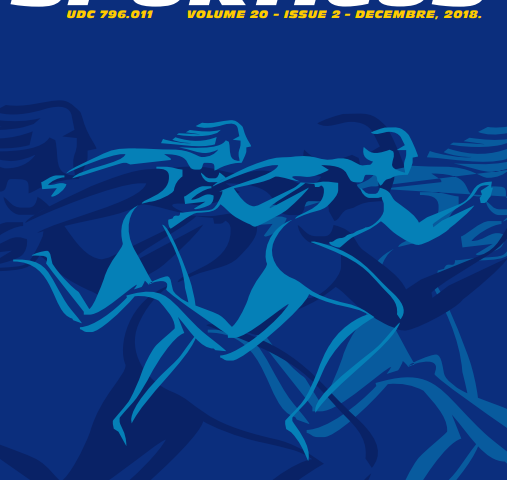Abstract
The aim of this research presents detection of differences in postural status between boys and girls 6 to 9 years of age. Research was conducted on a sample of 344 respondents, of which 172 girls and 172 boys under the IPA SpineLab project financed by the European Union. The postural state was checked with 17 applied variables, and was obtained by conducting “3D Posture Compact” protocol on Contemplas measuring instrument. Mann-Whitney U test showed that there were statistically significant differences (p <.001) in postural status between boys and girls in Sag. Distance thoracic spine – sacrum (thoracic kyphosis), Sag. Distance lumbar spine – sacrum (lumbar lordosis), Varus/Valgus left, Varus/Valgus right (X and O legs). Girls are significantly more likely to have postural problems in relation to their male peers in terms of lumbar lordosis and valgus knees, while boys have more pronounced deformity of the thoracic kyphosis. In the end, bad posture status in children and adolescents can lead to significant health problems, and it is very important to identify them at an early stage and promptly begin preventive procedures (preventive exercise program, etc.).


